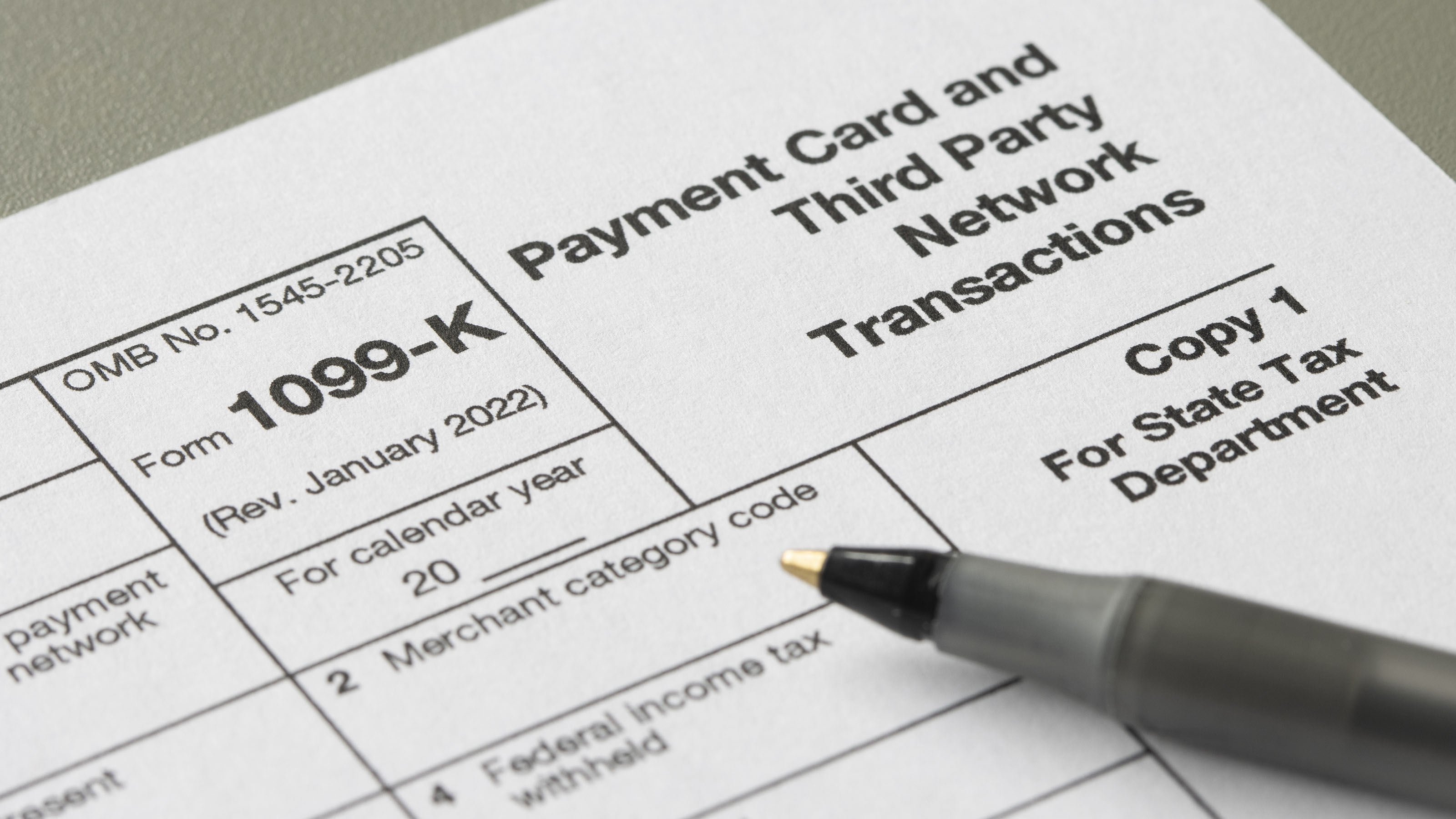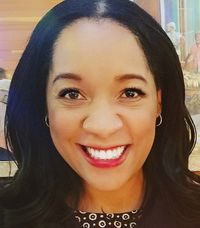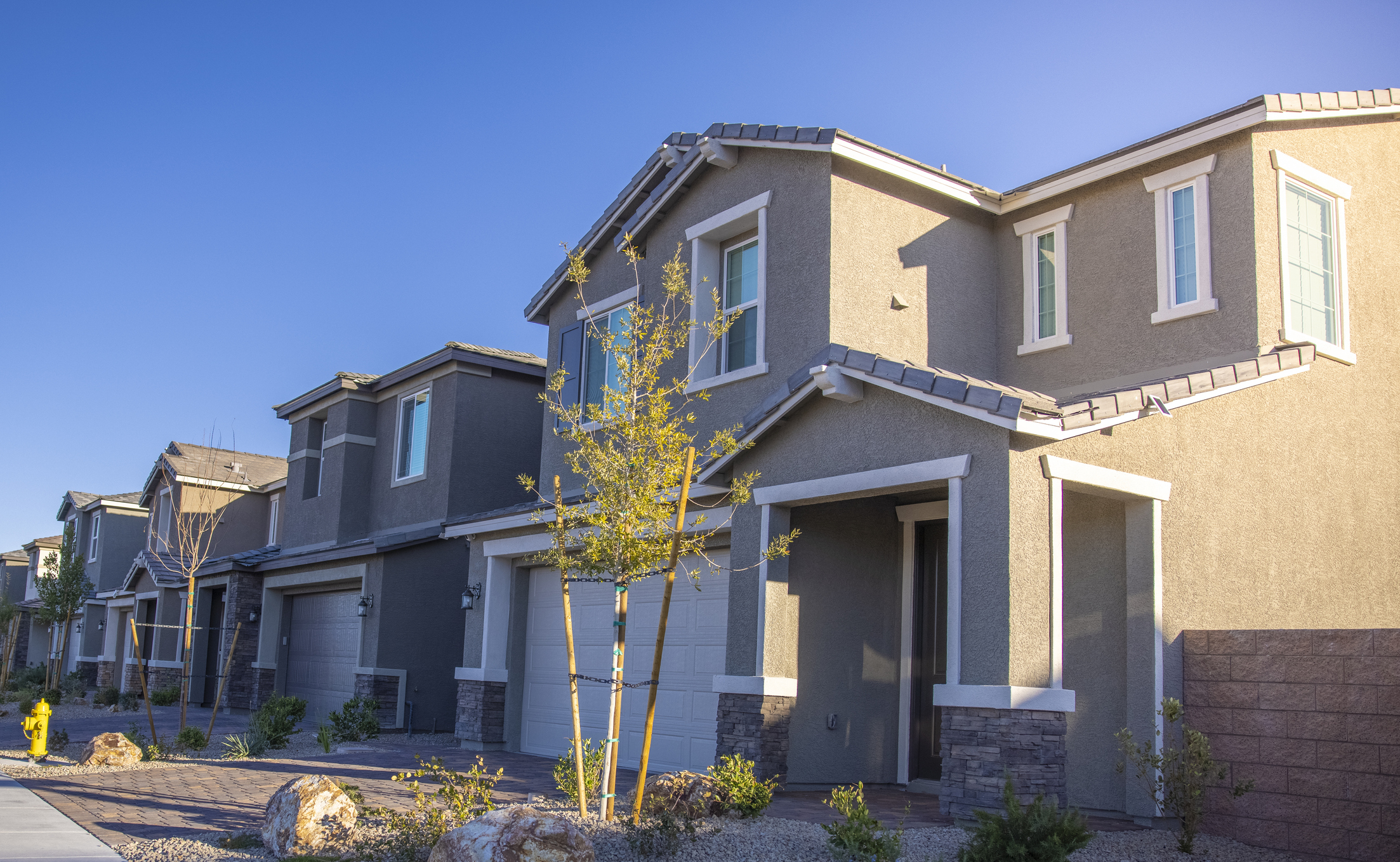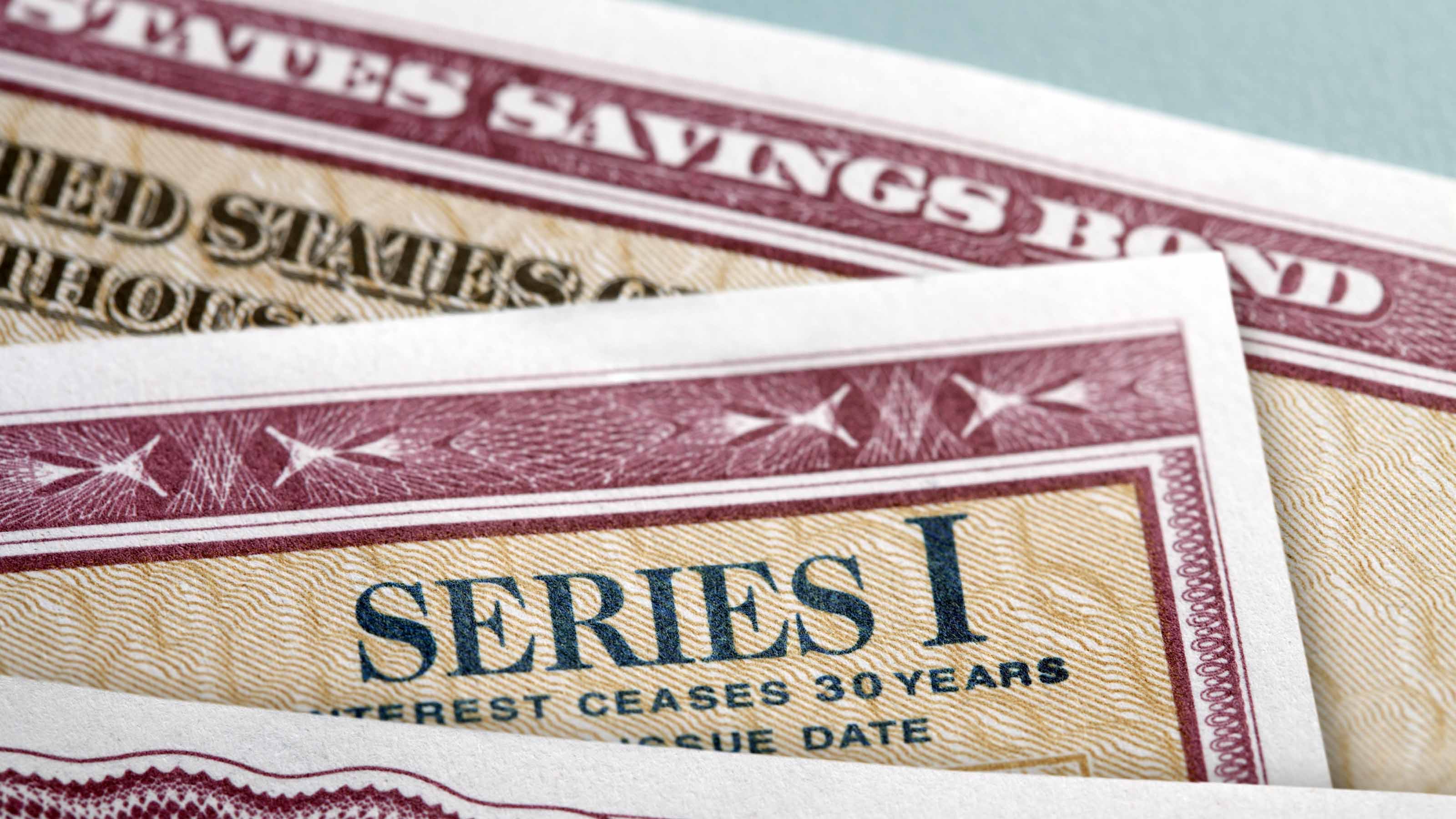What Is a 1099-K?
Form 1099-K is used to report certain payment transactions. Here’s what to know about the form.


IRS Form 1099-K gets a lot of attention each tax season.
That’s partly because the 1099-K form reports certain payments from payment cards and third-party network transactions. Millions of people use third-party networks (think Venmo, PayPal, Cash App, Stripe, etc.) for business and personal transactions.
However, the 1099-K received attention even before the current tax season because of a new $600 reporting threshold for the form delayed several times by the IRS.
From just $107.88 $24.99 for Kiplinger Personal Finance
Become a smarter, better informed investor. Subscribe from just $107.88 $24.99, plus get up to 4 Special Issues

Sign up for Kiplinger’s Free Newsletters
Profit and prosper with the best of expert advice on investing, taxes, retirement, personal finance and more - straight to your e-mail.
Profit and prosper with the best of expert advice - straight to your e-mail.
So, it’s important to know what the 1099-K form is and what to do when you do (or don’t) receive one.
What a 1099-K form is used for
An IRS 1099-K form is an IRS information reporting form.
Payment networks and other providers use the form to report certain transactions from payment cards and through various payment networks.
Third-party payment networks can include a range of providers you’re likely familiar with like Venmo, PayPal, Stripe, and CashApp. If you sell on Etsy, eBay, Depop, or other similar sites, you probably process payments through third-party networks.
1099-K threshold: What is 1099-K income?
Payment networks are not required to report all transactions on 1099-K forms. There is a reporting threshold that triggers the issuance of a 1099-K.
For your 2025 tax return, the threshold is more than $20,000 in gross payments and more than 200 transactions. That's a change from last year, when more than $5,000 in payments for goods and services through a payment network meant you would likely receive a 1099-K form from that payment network.
- However, it's important to note that the 1099-K is supposed to report transactions for goods and services.
- Personal transactions (e.g., sending money to friends or family not in exchange for goods or services) should not be reported on the 1099-K form.
Is a 1099-K required for $600?
This marks a return to a higher threshold for the 1099-K, which many will welcome over the previously known $600 rule. That lower threshold caused a lot of confusion, meaning that, for a couple of tax seasons, more people who had never received a 1099-K could receive one.
Under the old rule, if you sold a piece of furniture on eBay for $650 and were paid through a third-party payment network, and that was your only such transaction, you were supposed to receive a 1099-K. A few years ago, that $650 sale would have been far too small to trigger the IRS reporting form.
Now, due to changes in the 2025 GOP tax bill, most casual online sellers won't have to worry about receiving a 1099-K form.
What’s the difference between 1099-NEC and 1099-K?
The IRS 1099-NEC form is used instead of the 1099-MISC. (The form is used by businesses to report non-employee compensation.)
So generally, when you’re self-employed, businesses typically issue a 1099-NEC when you receive a certain amount of money from them.
The threshold for the 1099-NEC reporting form is at least $600. (That threshold is similar to the new, 2023 1099-K threshold. But, the 1099-K focuses on payments received through transactions on payment cards and through third-party payment networks.)

Money reported on a 1099-NEC could be received in various forms including, for example, rents, prizes, and awards.
But similar to the 1099-K, even if you don’t receive a 1099-NEC when you know you received taxable income from a business, you must report that income on your federal return. If you’re unsure how to report self-employment income, consult a professional before you file.
How does a 1099-K affect your taxes?
Whether you receive a 1099-K or not, the IRS expects you to report your taxable income.
Third-party payment networks you had transactions with that trigger the reporting threshold, will send a copy of the form to you and the IRS.
So, when you receive a 1099-K, you should keep it with your tax documents and make sure that the information on the form matches your records.
- Double-check that the income and other information on the form is accurate. If the 1099-K doesn’t belong to you, has an incorrect taxpayer identification number, or has incorrect payment transactions or amounts, contact the payment network that sent you the form.
- Their information should appear on the lower left of the 1099-K.
- They may be able to correct the form. If they send you a corrected version, keep that with any other correspondence from the network, in your files.
Keeping good records and documentation is the best way to support any deductions claimed and income reported on your federal tax return.
Your claimed tax deductions and credits, and income, taken together, will ultimately determine how much tax you pay overall and whether you receive a tax refund.
Profit and prosper with the best of Kiplinger's advice on investing, taxes, retirement, personal finance and much more. Delivered daily. Enter your email in the box and click Sign Me Up.

Kelley R. Taylor is the senior tax editor at Kiplinger.com, where she breaks down federal and state tax rules and news to help readers navigate their finances with confidence. A corporate attorney and business journalist with more than 20 years of experience, Kelley has covered issues ranging from partnerships, carried interest, compensation and benefits, and tax‑exempt organizations to RMDs, capital gains taxes, and income tax brackets. Her award‑winning work has been featured in numerous national and specialty publications.
-
 Dow Adds 646 Points, Hits New Highs: Stock Market Today
Dow Adds 646 Points, Hits New Highs: Stock Market TodayIt was "boom" for the Dow but "bust" for the Nasdaq following a December Fed meeting that was less hawkish than expected.
-
 5 Types of Gifts the IRS Won’t Tax: Even If They’re Big
5 Types of Gifts the IRS Won’t Tax: Even If They’re BigGift Tax Several categories of gifts don’t count toward annual gift tax limits. Here's what you need to know.
-
 The 'Scrooge' Strategy: How to Turn Your Old Junk Into a Tax Deduction
The 'Scrooge' Strategy: How to Turn Your Old Junk Into a Tax DeductionTax Deductions We break down the IRS rules for non-cash charitable contributions. Plus, here's a handy checklist before you donate to charity this year.
-
 5 Types of Gifts the IRS Won’t Tax: Even If They’re Big
5 Types of Gifts the IRS Won’t Tax: Even If They’re BigGift Tax Several categories of gifts don’t count toward annual gift tax limits. Here's what you need to know.
-
 The 'Scrooge' Strategy: How to Turn Your Old Junk Into a Tax Deduction
The 'Scrooge' Strategy: How to Turn Your Old Junk Into a Tax DeductionTax Deductions We break down the IRS rules for non-cash charitable contributions. Plus, here's a handy checklist before you donate to charity this year.
-
 IRS Says You Made a Tax Return Mistake? A New Law Could Help You Fight Back
IRS Says You Made a Tax Return Mistake? A New Law Could Help You Fight BackTax Law Updated taxpayer protections change what the IRS must explain on error notices and how long you have to respond.
-
 Tax Refund Alert: House GOP Predicts 'Average' $1,000 Payouts in 2026
Tax Refund Alert: House GOP Predicts 'Average' $1,000 Payouts in 2026Tax Refunds Here's how the IRS tax refund outlook for 2026 is changing and what steps you can take now to prepare.
-
 Are You Middle-Class? Here's the Most Tax-Friendly State for Your Family
Are You Middle-Class? Here's the Most Tax-Friendly State for Your FamilyTax Tips We found the state with no income tax, low property tax bills and exemptions on groceries and medicine.
-
 Social Security Benefits Quiz : Do You Know the IRS Tax Rules?
Social Security Benefits Quiz : Do You Know the IRS Tax Rules?Quiz Social Security benefits often come with confusing IRS tax rules that can trip up financially savvy retirees and near-retirees.
-
 How Are I Bonds Taxed? 8 Common Situations to Know
How Are I Bonds Taxed? 8 Common Situations to KnowBonds Series I U.S. savings bonds are a popular investment, but the federal income tax consequences are anything but straightforward.
-
 New 2026 Tax Change Could Mean More for Your IRA and 401(k) Savings
New 2026 Tax Change Could Mean More for Your IRA and 401(k) SavingsRetirement Savings Here's how the new IRS inflation adjustments will increase the contribution limits for your 401(k) and IRA in the new year.